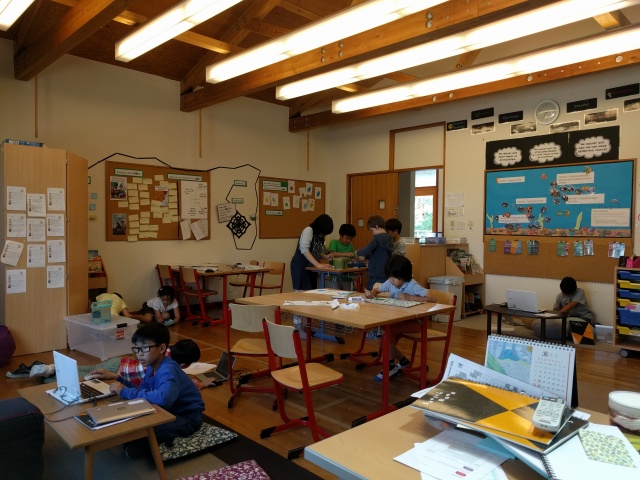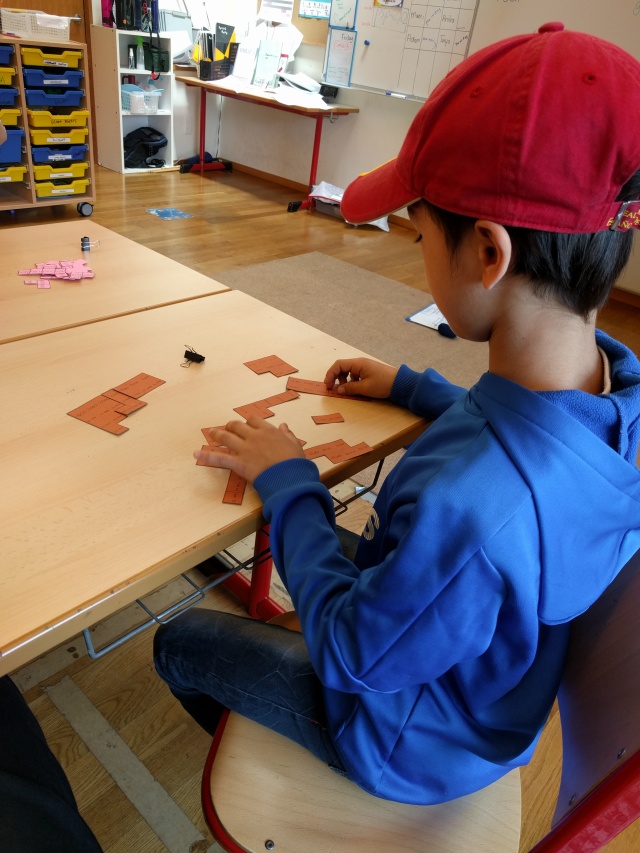This is how a week of math inquiry begun in Grade 3 (click here):

And this is how it ended up in class:

As a class of mathematicians, we came up with a list of questions we wanted to answer. These included:
How much money did Mr. Justin put in the machine?
How many drinks are inside the vending machine when its full?
What is the perimeter/area of the vending machine?
What is the circumference of the Pocari bottle?
What is the volume of the Pocari bottle?
We divided our questions into low, medium and high complexity. Students chose to work individually or in groups to answer questions that challenged them personally.
The first step is always to consider what information you need in order to work on your question. Then, how could you gather that information.
I saw the vending machine being measured. I saw different groups figure out how to measure the circular bottle or to measure how much liquid it fit inside. I saw different students arriving at the same answer in different ways. I saw new questions come up.
It was an exciting week of math.














































